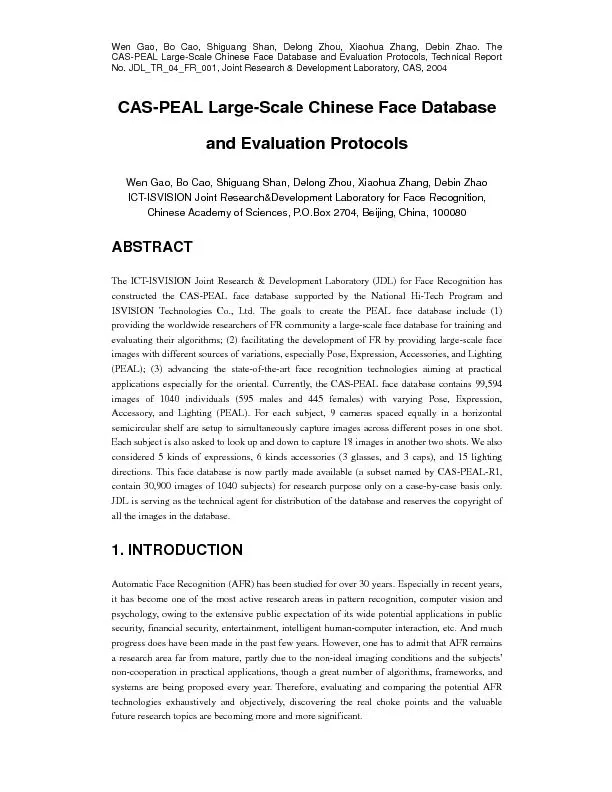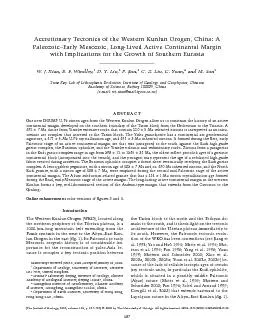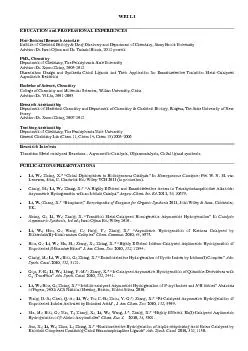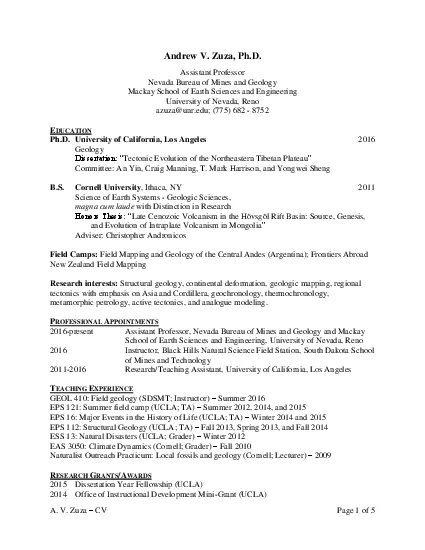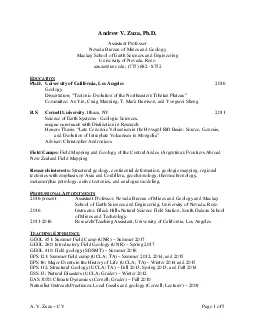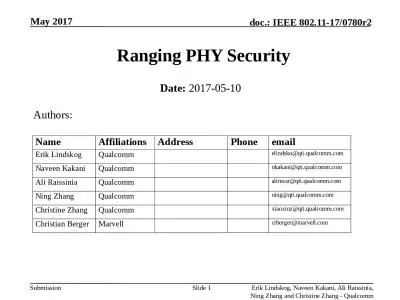PDF-Wen Gao, Bo Cao, Shiguang Shan, Delong Zhou, Xiaohua Zhang, Debin Zhao
Author : yoshiko-marsland | Published Date : 2016-07-07
2004 Aiming at these goals largescale face database is obviously one of the basic requirements Internationall FERET and FRVT have pioneered both evaluation protocols
Presentation Embed Code
Download Presentation
Download Presentation The PPT/PDF document "Wen Gao, Bo Cao, Shiguang Shan, Delong Z..." is the property of its rightful owner. Permission is granted to download and print the materials on this website for personal, non-commercial use only, and to display it on your personal computer provided you do not modify the materials and that you retain all copyright notices contained in the materials. By downloading content from our website, you accept the terms of this agreement.
Wen Gao, Bo Cao, Shiguang Shan, Delong Zhou, Xiaohua Zhang, Debin Zhao: Transcript
Download Rules Of Document
"Wen Gao, Bo Cao, Shiguang Shan, Delong Zhou, Xiaohua Zhang, Debin Zhao"The content belongs to its owner. You may download and print it for personal use, without modification, and keep all copyright notices. By downloading, you agree to these terms.
Related Documents

